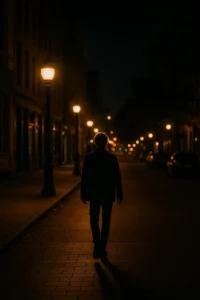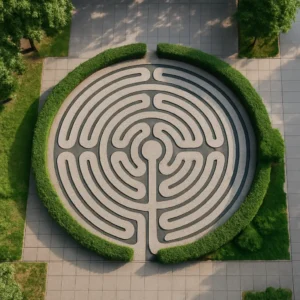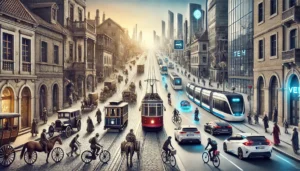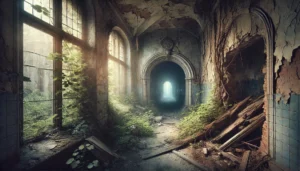Cemeteries are often seen as solemn resting places for the dead, but they also serve as powerful archives of a city’s past. Beyond their quiet gates and winding paths, cemeteries hold stories that go far beyond names etched in stone. They reflect cultural values, historical events, social hierarchies, urban development, and even forgotten chapters of history. From famous burial grounds to hidden graveyards lost in the corners of expanding cities, these spaces are key to understanding how urban environments evolve—and how memory is preserved in stone.
Tombstones as Historical Records
Gravestones are more than memorials—they’re historical documents. Dates of birth and death provide insight into life expectancy and patterns of mortality. Epitaphs reveal how people were remembered, and religious symbols reflect the spiritual life of communities. In multicultural cities, tombstones written in different languages or featuring varied iconography speak to the presence of immigrant groups, shifting religious practices, or social changes across centuries.
Mapping Social Stratification
Cemeteries often mirror the class structures of the societies that built them. In many historic burial grounds, prominent monuments, family mausoleums, and elaborate statues mark the graves of the wealthy or influential, while simpler, modest markers indicate working-class or marginalized individuals. The layout and size of graves can tell us who held power and prestige—and who was forgotten or excluded.
Victims of Epidemics and Wars
Mass graves and clustered headstones can mark the tragedies that shaped cities: plagues, pandemics, wars, and natural disasters. The presence of many deaths within a narrow time frame, often inscribed with dates from the same year, highlights moments of collective trauma. Cemeteries can offer clues to when and how a city suffered, especially when records are scarce or destroyed. For example, burial patterns during the 1918 flu pandemic or cholera outbreaks are still being studied to understand how cities responded to crisis.
Cemeteries as Urban Landmarks
Some cemeteries, like Père Lachaise in Paris or Recoleta in Buenos Aires, are designed like miniature cities—with streets, neighborhoods, and even architecture that mimics urban design. These cemeteries are not only sacred but also reflect the values of the era in which they were built. Their evolution often parallels that of the surrounding city: expansions, landscaping, and shifting burial practices tell us about population growth, land use, and changing relationships with death.
Forgotten Cemeteries and Hidden Histories
As cities grow, older cemeteries are sometimes relocated, built over, or forgotten. Archaeological discoveries often reveal burial grounds beneath parks, schools, or buildings—bringing to light stories that were buried both literally and metaphorically. In many places, these rediscovered graves have belonged to enslaved people, indigenous populations, or religious minorities, exposing parts of history that were erased or ignored.
Cemeteries as Spaces of Resistance and Remembrance
In some urban contexts, cemeteries have been used not only to mourn but to resist. Political dissidents, revolutionaries, and civil rights leaders are often buried in cemeteries that become sites of pilgrimage and protest. People gather to honor their legacies and to keep memory alive in the face of repression. Gravestones can become silent witnesses to larger social movements and struggles for justice.
Symbolism and Artistic Expression
Grave markers and monuments often feature artistic styles and symbols that reveal the aesthetics and beliefs of the time. Angels, skulls, broken columns, clasped hands—all tell stories about how cultures viewed life, death, and the afterlife. From Gothic cemeteries in Europe to minimalist graves in Asia, the visual language of cemeteries adds depth to urban history and local artistic evolution.
Living Histories in Ongoing Use
Cemeteries still in use also tell evolving stories. The types of burials, religious practices, and commemorative traditions change with time. Modern sections may show new immigration waves, different family structures, or shifts in cultural memory. These living cemeteries continue to record urban transformation, even as they honor the dead.
Conclusion: The City of the Dead Reflects the Living
Cemeteries are not just places of mourning—they are silent storytellers of urban life. They reveal what a city values, how it remembers, and who it chooses to forget. In the rows of graves, the layout of mausoleums, and the whispers of names long gone, cemeteries offer an invaluable lens through which to understand the deep, complex layers of urban history. For those who look closely, these quiet spaces speak volumes.








